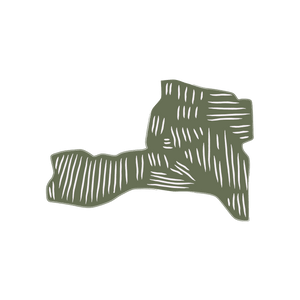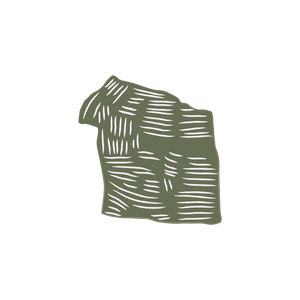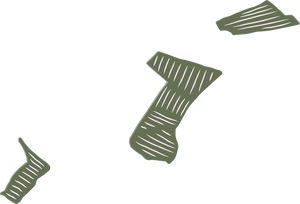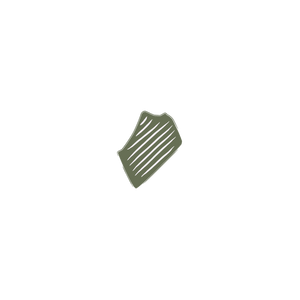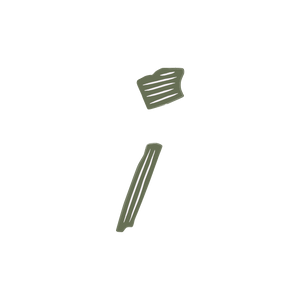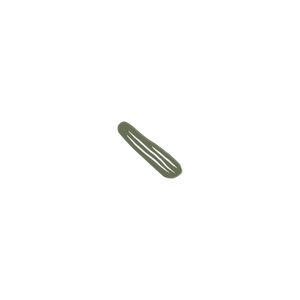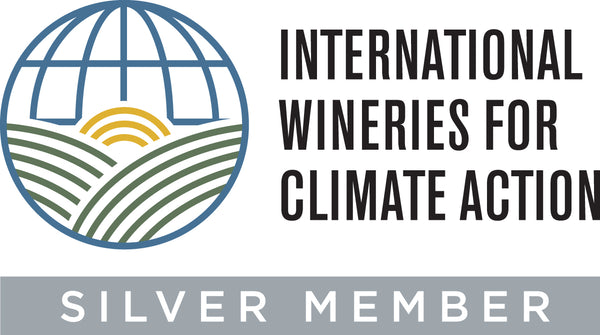
Craft
Making an art out of winegrowing to attain a pure and natural result which offers a perfect representation of its origins and maintains the character of the grapes in the glass.
From the vineyard to the winery, from the land to the glass, we take care of every small detail to ensure our wines are an expression of purity, freshness, longevity and elegance.





